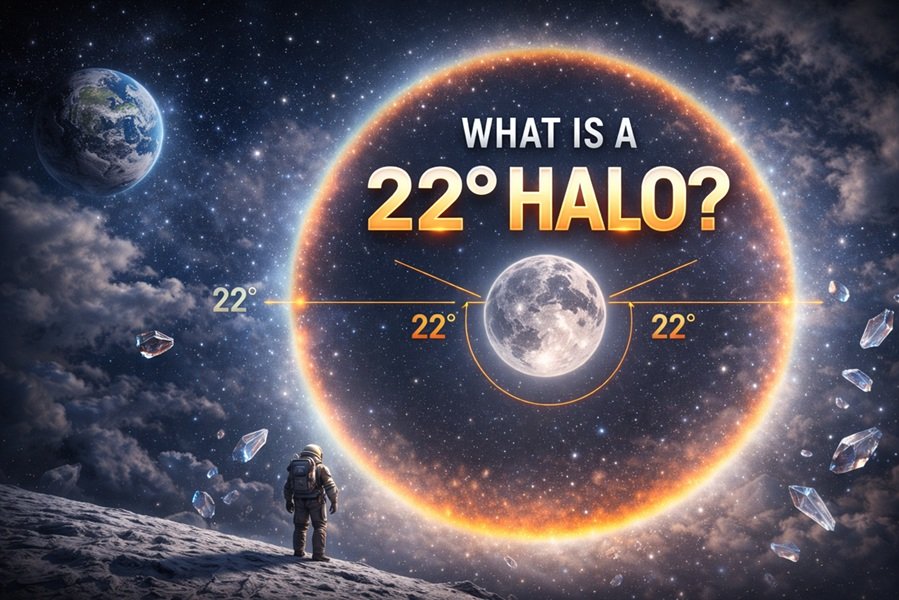
Introduction
In the modern age of aerial warfare, few fighter jets have achieved the iconic status of the F-16 Fighting Falcon and the Dassault Rafale. Developed in different parts of the world—the United States and France, respectively—these jets symbolize the technological prowess of their nations. While the F-16 has been a staple in global air forces since the 1970s, the Rafale represents a newer generation of multirole fighters designed to dominate modern combat scenarios.
This article explores the technical specifications, combat capabilities, operational history, and geopolitical implications of both jets, providing a comprehensive comparison of the F-16 vs Rafale debate.
Read This: Russia Offers Joint Production of S-500 Air Defense System to India
Origin and Development
F-16 Fighting Falcon
- Manufacturer: Lockheed Martin (originally General Dynamics)
- Country: United States
- First Flight: 1974
- Introduction: 1978
- Role: Multirole fighter (originally a lightweight day fighter)
- Production: Over 4,600 units (still in production in upgraded versions)
The F-16 was designed during the Cold War to provide affordable air superiority and has evolved into a versatile platform capable of both air-to-air and air-to-ground missions.
Dassault Rafale
- Manufacturer: Dassault Aviation
- Country: France
- First Flight: 1986
- Introduction: 2001
- Role: 4.5 generation multirole fighter
- Production: Over 250 units (more in production for international customers)
The Rafale was developed as a twin-engine, delta-wing fighter that could replace several older French aircraft, providing full-spectrum dominance in air, sea, and land operations.
Design Philosophy and Airframe
F-16:
- Single-engine
- Fly-by-wire controls
- Bubble canopy for visibility
- Wing-body blended fuselage
- Lightweight design
The F-16’s design emphasizes agility and cost-efficiency. The frameless canopy and reclined seat help reduce pilot fatigue and increase situational awareness.
Rafale:
- Twin-engine
- Canard-delta wing configuration
- Composite materials for reduced radar cross-section
- Advanced aerodynamics for high maneuverability
The Rafale’s design aims for stealth, endurance, and multi-role flexibility. It integrates radar-absorbent materials and internal systems to reduce electronic signatures.
Avionics and Radar Systems
F-16 (Block 70/72 or Viper variant):
- AESA radar: AN/APG-83 SABR (Scalable Agile Beam Radar)
- Electronic Warfare Suite: AN/ALQ-213
- Glass cockpit with upgraded displays
- Helmet-Mounted Cueing System (HMCS)
Rafale:
- AESA radar: RBE2-AA
- Electronic Warfare Suite: SPECTRA (Self-Protection Equipment Countering Threats to Rafale Aircraft)
- Glass cockpit with touch interfaces
- Helmet-mounted display under development
The SPECTRA system gives the Rafale superior situational awareness and survivability through electronic jamming, decoying, and threat identification.
Armament and Weapons Capabilities
F-16:
- Hardpoints: Up to 9
- Weapons:
- AIM-9 Sidewinder
- AIM-120 AMRAAM
- AGM-65 Maverick
- JDAM, Paveway bombs
- Harpoon and HARM missiles
Rafale:
- Hardpoints: 14 (carrier-based version has 13)
- Weapons:
- MICA (IR and EM variants)
- Meteor BVRAAM (Beyond Visual Range)
- SCALP-EG cruise missile
- Exocet anti-ship missile
- HAMMER precision bombs
- Nuclear ASMP-A missile (for French forces)
The Meteor missile gives the Rafale a distinct advantage in long-range air superiority combat, especially against non-stealth platforms like older F-16s.
Performance Metrics
| Feature | F-16 Fighting Falcon | Dassault Rafale |
|---|---|---|
| Max Speed | Mach 2.05 | Mach 1.8 |
| Combat Radius | ~550 km (air-to-ground) | ~1,850 km (with drop tanks) |
| Ferry Range | ~4,200 km | ~3,700 km |
| Service Ceiling | 50,000 ft (15,240 m) | 50,000 ft (15,240 m) |
| Thrust-to-Weight | ~1.095 (with afterburner) | ~1.13 |
The Rafale outperforms in terms of combat radius, payload, and multirole capability. However, the F-16 is faster in level flight and has slightly better acceleration due to its lower weight.
Operational Use and Export
F-16:
- Used by 25+ countries, including the U.S., Israel, Pakistan, Turkey, Egypt, and Poland.
- Proven in multiple combat scenarios, including Gulf War, Kosovo, Afghanistan, and Pakistan-India skirmishes.
Rafale:
- Operated by France, India, Egypt, Qatar, Greece, Croatia, and UAE.
- Combat-tested in Libya, Mali, Syria, Iraq, and Operation Balakot (by India against Pakistani terror camps).
The Rafale is newer in global deployment but has rapidly gained attention due to its adaptability, especially in Indian Air Force’s Himalayan and sea-based operations.
Cost and Maintenance
F-16:
- Unit Cost (Block 70): ~$70 million
- Operating Cost (per hour): ~$22,000
Rafale:
- Unit Cost (India deal): ~$100-120 million (with weapons, training, support)
- Operating Cost (per hour): ~$20,000–25,000
While the F-16 is generally cheaper, the Rafale’s higher upfront cost includes advanced tech, weapon packages, and offsets that can offer long-term strategic value.
Rafale vs F-16 in Indian Context
India operates Rafales, while Pakistan operates F-16s supplied by the U.S. During Operation Swift Retort in 2019, there were allegations of F-16s being used in violation of end-use agreements. India’s acquisition of Meteor-equipped Rafales gave it a qualitative edge in beyond-visual-range (BVR) engagements.
India’s Rafale fleet is customized with:
- Israeli TARGO helmet sights
- DRDO-developed missiles
- Indian IFF systems
- Low-band jammers and towed decoys
This customization makes the Indian Rafale variant especially formidable in South Asian airspace.
Geopolitical Influence
- F-16 symbolizes U.S. military diplomacy, often sold or supplied to allies and partners as part of strategic cooperation.
- Rafale represents European independence, offering nations an alternative to U.S. arms control and constraints (e.g., no CAATSA risk).
For countries seeking sovereignty in defense planning and fewer political strings, Rafale is a more autonomous choice.
Final Verdict: F-16 vs Rafale — Who Wins?
It depends on context:
| Category | Winner |
|---|---|
| Multirole Capability | Rafale |
| Cost Efficiency | F-16 |
| BVR Combat | Rafale (Meteor missile) |
| Maintenance & Availability | F-16 |
| Stealth & Survivability | Rafale |
| Export Popularity | F-16 |
| Technological Sophistication | Rafale |
In a head-to-head combat, especially in modern BVR warfare, Rafale has the upper hand due to its superior sensors, EW systems, and long-range missile arsenal. However, the F-16 remains an agile, cost-effective, and highly upgradeable platform, making it a reliable choice for many nations.
Read This: Ballistic vs Cruise Missiles: Key Differences, Capabilities & Strategic Implications
Conclusion
The F-16 and Rafale represent two generations of excellence in fighter jet technology. While the F-16 is the most prolific combat aircraft of the post-Cold War world, the Rafale defines 21st-century multirole combat readiness. For air forces seeking affordability and proven history, the F-16 remains unmatched. For those pursuing strategic autonomy, superior electronics, and BVR supremacy, Rafale stands as a high-value investment.






